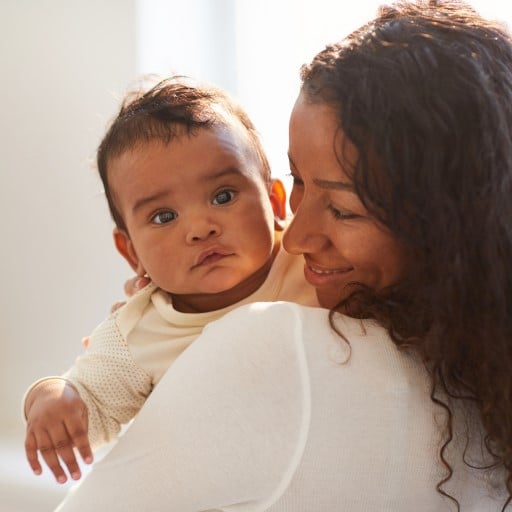Female age is important when considering probability for getting pregnant. Increased infertility rates with aging are well documented and apparent in our society.
The real issue is egg quantity and quality – which translates into embryo quality after fertilization.
As women wait longer to have children, more couples have fertility problems due to declining egg quality, and other issues that are more common in older women.
Many couples end up needing advanced treatments such as IVF, in vitro fertilization to overcome this age-related decline.
Women’s liberation brings many advantages to women. However, as women delay childbearing, society has not educated us about this fertility decline.
Many couples learn too late about the impact of age
If they tried sooner to have a baby, good “old-fashioned sex” could have built the family. The American Society for Reproductive Medicine said it well:
- “As women delay childbearing, there is now an unrealistic expectation that medical science can undo the effects of aging”
We do our best to overcome advancing age with fertility treatments such as IVF. However, egg quality and quantity are both significant limiting factors. Women should be educated on the decline in fertility as well as the success rates of assisted reproduction with age.
Learn about egg freezing for fertility preservation
Individuals vs. Populations
There are also no guarantees that an individual woman will have a smooth drop in her fertility potential as she ages. Although rare, it is possible to have a rapid decline in egg quantity or quality as early as the teens or twenties.
Male Age and Fertility
- All of a woman’s eggs are present at birth. They can not divide or be “resupplied”, whereas sperm are produced constantly after puberty in men.
- Eggs age over time, while new sperm are constantly coming off the production line.
- Sperm from older men can have a reduced fertilizing potential compared to younger men. However, this tends to be “all or none”. If the sperm can fertilize eggs – we usually don’t see poor embryo quality due to reduced sperm quality.
- Sometimes older men have less interest in frequent intercourse, which can be a factor.
Female Age - Egg Issues
- Successful pregnancy outcome is very much related to female age – when using the woman’s own eggs.
- When donor eggs are being used, the age of the egg donor is the important factor.
- With egg donation, the age of the recipient woman has very little impact on the chance for successful pregnancy.
- Therefore, the age of the egg is very important, but the age of the uterus is not.
- Much of the problem is due to an increased percentage of chromosomally abnormal eggs with aging
- The higher percentage of chromosomally abnormal eggs in older women also explains the progressive increase in miscarriage rates with age: 13% in women < 35 years old to 54% in women ≥ 44 years old.
- Preimplantation genetic testing for aneuploidy (PGT-A) is a valuable tool to minimize the miscarriage rates.
See the graph below for more on aging and fertility potential
The graph below is from the 2015 ART Success Rates report from the CDC, Centers for Disease Control and Prevention, a US government agency. This report used national data from 464 clinics and about 232,000 IVF cycles.
Links to the CDC and SART IVF success rate reports
- The green line shows IVF success rates by age using the infertile woman’s eggs
- The blue line shows IVF data using donor eggs
- The chart shows falling success rates with increasing age starting at about age 30
- Infertility increases with age so the curve gets steeper (egg quantity and quality drops faster) from about age 37
- If using eggs over age 44 with IVF the chance to have a baby is about 1% per attempt
- There is little or no drop in pregnancy rates by age of the recipient using donor eggs
- Bottom line – the age of the egg matters, but the age of the uterus does not
- These age and fertility statistics are for IVF, but the drop in fertility with aging in the general population is very similar.
Statistics on Female Age and Declining Fertility
- There is a slow decline in pregnancy rates in the early 30’s
- The decline is more substantial in the late 30’s and early 40’s
- Very few women over 44 are still fertile
- Miscarriage rates also increase as the mother ages
- In vitro fertilization success rates start dropping in the early 30’s and fall faster starting at about age 38.
A 1957 Study of Fertility Rate by Age in Women
This study found:
- By age 30, 7% of couples were infertile
- By age 35, 11% of couples were infertile
- By age 40, 33% of couples were infertile
- At age 45, 87% of couples were infertile
Reference: Tietze C: Reproductive span and rate of conception among Hutterite women. Fertility and Sterility 1957;8:89-97.
Importance of Egg Quality to Pregnancy Outcome
Female Age and Egg Quality
Age is one issue, but the real fertility issue is egg quality and quantity and not the number in a woman’s age. Egg quantity and quality in an individual woman can be average for her age, better than average, or worse than average. We know that egg quantity and quality declines in the mid to late 30s and falls faster in the late thirties and early 40s.
Fertility and “Egg Tests”
The following ovarian reserve screening tests are used by fertility specialists to predict the “remaining egg supply” and the ability (reserve) of the ovaries to respond to stimulation with drugs. These tests are helpful. However, they predict the quantity of eggs remaining – rather than the quality of those eggs.
Available Treatment for Age Related Fertility Problems: In Vitro Fertilization
Many fertility doctors recommend that women over about 38 that are infertile should have aggressive fertility treatments and proceed to in vitro fertilization sooner – before fertility potential is lost.
- Intrauterine insemination (IUI) is often tried for about 3 cycles in women under 40
- IUI success rates decline with female age, so older women often prefer to move on to IVF earlier rather than later
Age Limits for In Vitro Fertilization
All clinics have an upper age limit after which they will not do IVF with the woman’s own eggs. Most IVF centers will attempt IVF using the female partner’s eggs until about age 43-45.
More About IVF Over Age 40 and IVF Age Limits
A dark, low quality egg with an irregular shape from a 41 year old
The egg is the ovoid structure in the center surrounded by hundreds of ovarian cumulus cells
More IVF egg and embryo pictures












